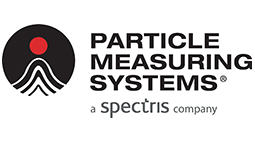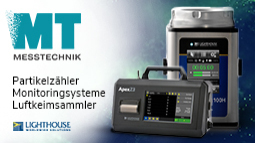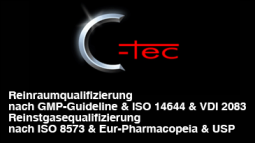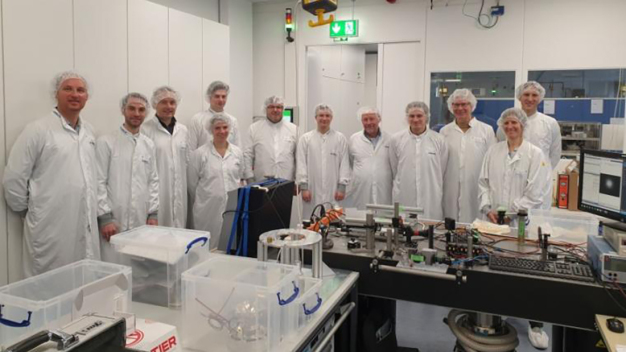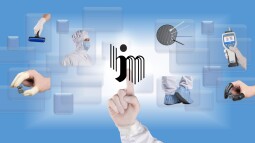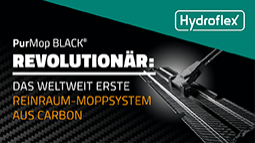- Science
Currents in climate change
BTU experiment again in preparation for use in space
With a unique experiment that can only be carried out in zero gravity, BTU researchers want to investigate the effects of global warming on the Earth's polar ice caps and the associated changes in air and ocean currents.
The second phase of the DLR project "AtmoFlow" started in February 2024. AtmoFlow refers to the scientific investigation of convective flow in a spherical shell system, which is analogous to planetary flow fields," explains Prof. Dr.-Ing. Christoph Egbers, who is leading the project. The funding period covers three years and a funding amount of almost 680,000 euros.
BTU flow research in space for the third time
AtmoFlow will be the third time that a space station experiment scientifically and technologically coordinated by BTU will fly into orbit. The previous experiments GeoFlow I (2008-2009) and GeoFlow II (2011-2018) had already been very successfully prepared and carried out from Cottbus. Prof. Dr.-Ing. Christoph Egbers, Chair of Aerodynamics and Fluid Mechanics at BTU and head of all three projects, explains enthusiastically: "This is something very special. There is hardly any other German university that has participated in so many space station experiments for over 20 years." This also includes numerous accompanying ground experiments and parabolic flights as well as research rocket flights, during which weightlessness prevails for short periods of time. The new DLR project will fund three additional positions for scientists.
Miniature Earth on the ISS
The main objective of the Atmospherical Flow (AtmoFlow) experiment is to investigate atmospheric convective flows in the spherical gap. Such spherical gap experiments are widely used and of central importance in the disciplines of geophysics, astrophysics and especially in atmospheric research. The special feature of the BTU technique is its spherical geometry in contrast to other frequently planar, Cartesian experiments.
In AtmoFlow, flows in spherical geometry are to be investigated under the influence of a central force field ("miniature Earth"), which are exposed to atmospheric-like boundary conditions. This experimental set-up cannot be realized on Earth, as its gravitational field is superimposed on the artificial central force field of the model. However, under microgravity conditions, i.e. in near weightlessness, the model force field can simulate convection - currents that occur in the Earth's atmosphere, in the oceans or in the magma mantle.
In parallel and complementary to this, Dr.-Ing. Vadim Travnikov, a scientist in Prof. Egbers' team, has been developing a hydrodynamic CFD model (Computational Fluid Dynamics) since January 2024 as part of a DFG-funded project. This flow model is intended to describe the manifestations and interaction of atmospheric flows on Earth. With the help of a stability analysis, the researcher learns more about the state of a flow. For example, instability can initiate the transition to a turbulent flow, which manifests itself in the Earth's atmosphere as a cyclone. "We are interested in how currents are changing worldwide with climate change," says the scientist. "With this knowledge, meteorologists can predict the local climate more accurately." The results of this research will be incorporated into the Atmoflow project to study planetary atmospheric currents on the International Space Station (ISS).
As things stand, the flight to the ISS is planned for 2026 or 2027
The aim of the BTU project is to establish a simulation model that calculates atmospheric convection processes based on data from the spherical model. By changing the boundary conditions - such as higher temperatures at the North and South Poles - this model can also be used to simulate the effects of climate change on flow processes and estimate possible consequences. The team continues to consist of Dr Peter Szabo, M.Sc. Peter Haun, M.Sc. Yaraslau Sliavin and M.Sc. Yann Gaillard-Röpke.
Background
Russia, the USA, Japan and Europe will continue to jointly operate the ISS and its research modules until at least 2030. 40-50 experiments from various disciplines and institutions from Germany alone are running in the weightlessness of the space station.
Brandenburgische Technische Universität Cottbus-Senftenberg
03046 Cottbus
Germany
